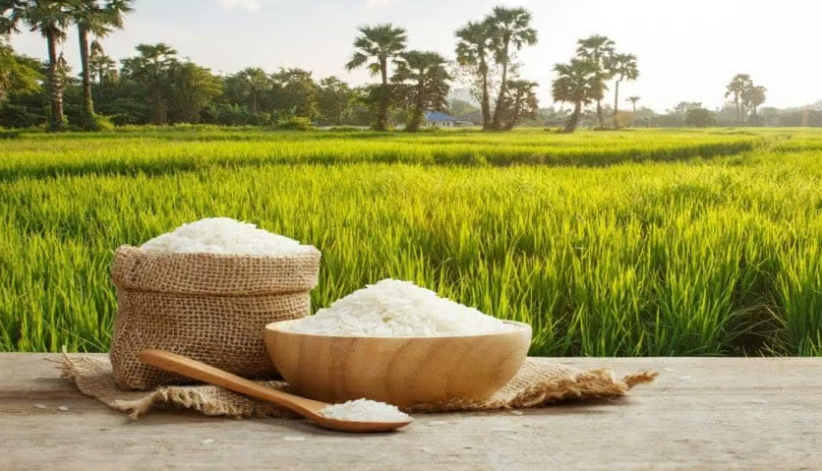Tags
East Africa’s rice prices hold steady amid harvest season, currency shifts: AGRA
Kenya maintained the region’s highest rice price at US$1,264 per metric ton (MT) in both months, reflecting a marginal month-on-month decline of 0.03%.

EAST AFRICA – National average rice prices across select East African countries remained relatively stable from July to August 2025, according to the Alliance for a Green Revolution in Africa (AGRA)’s Food Security Monitor (61st Edition).
The observed trends reflect the influence of seasonal harvests, moderate demand, and macroeconomic conditions such as currency movements.
Kenya continued to record the region’s highest rice prices at US$ 1,264 per metric ton (MT) in both July and August, registering a negligible month-on-month decline of 0.03%.
The price stability was supported by ongoing harvests that boosted domestic availability, offsetting upward pressure from higher import costs and currency depreciation. Kenya’s reliance on imports, particularly from Pakistan, India, and Tanzania, means global price movements and exchange rate fluctuations remain critical to local price formation.
In Rwanda, prices slipped modestly by 1% to US$ 1,051/MT in August from US$ 1,061/MT in July. However, the decline in USD terms masked a 2% increase in local currency, underlining the continued effect of a weakening Rwandan franc on tradeable food commodities.
The National Institute of Statistics of Rwanda has also reported moderate domestic inflation driven by higher transport and logistics costs, which have indirectly influenced food markets.
Tanzania saw the sharpest monthly drop in rice prices among the surveyed countries, falling 4.6% from US$ 908/MT in July to US$ 869/MT in August.
The decline was attributed to the arrival of the Masika season harvest and slight appreciation of the Tanzanian shilling. Tanzanian rice production typically peaks between May and August, and this year’s good rainfall and favorable growing conditions helped maintain supplies.
However, traders have noted that domestic demand remains high due to cross-border trade with Kenya and Rwanda.
In South Sudan, rice prices averaged US$ 636/MT in August, up 2.6% from US$ 619/MT in July, marking the lowest prices in the region.
The increase occurred despite the local currency’s depreciation by over 50%, reflecting tight supplies in parts of the country where insecurity and logistical challenges hinder market access.
According to the FAO, South Sudan’s food markets remain fragile, with local deficits frequently filled through informal imports from Uganda and Sudan.
https://millingmea.com/east-africas-rice-prices-hold-steady-amid-harvest-season-currency-shifts-agra/Published Date: October 29, 2025






